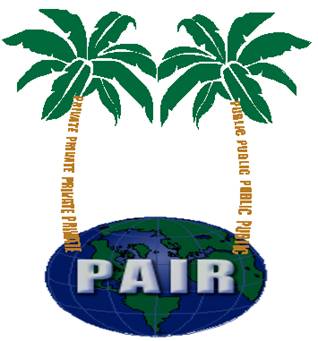What is the difference between the novelty requirement and the
nonobviousness requirement?
When determining
whether an invention is novel,
each piece of “prior art” is compared to the invention on its
own. However, in determining whether an invention is nonobvious, related prior art can be
looked at, together, in being compared to the invention.
For example, suppose
that you submit a patent
application for a double-decker
doohickey. And suppose there was already a patent in existence for a
doohickey, and another patent for a double-decker widget. In determining
novelty, your invention would be compared to each of these patents separately,
and would likely be found to be novel because it is not the same as either
patent on their own. However,
your invention would likely be found to be obvious because both applications taken together could lead someone skilled in the art
(someone who knows about widgets and doohickeys) to the conclusion that a double-decker
doohickey could be made. Thus, the examiner would reject your application
on the basis of your invention being obvious.



















 Posted in:
Posted in: 





















